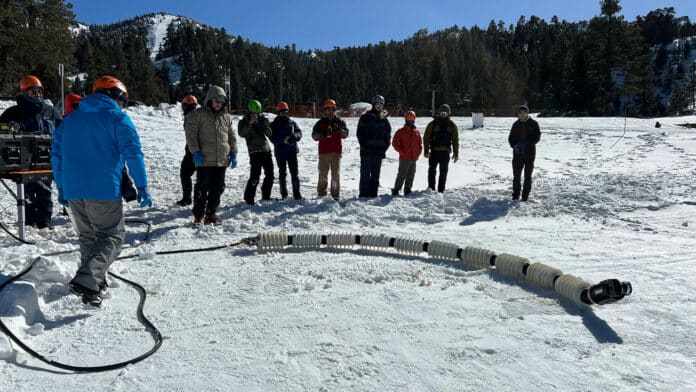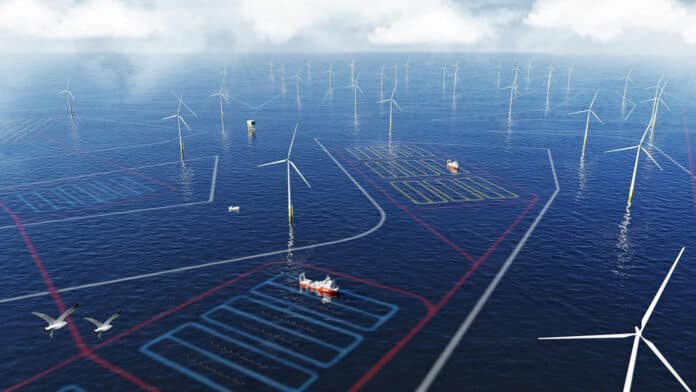The cool designs you see on motorcycles, cars, and many other objects are achieved through a simple process known as “water transfer hydrographics.”
The process, also known as “hydrographic design,” is now being more widely used both in the US and around the world to decorate automotive interiors, restore early model vehicles, and cover hardwood, metal, plastic, rubber, glass, fiberglass, carbon fiber, taxidermy bone, and more.
It’s also a favorite for sportsman and women who like camouflage gun stocks or ATVs.
How Water Transfer Hydrographics Works
In short, with the help of professionals, a customer will decide upon an image or concept that is rendered on polyvinyl film that is then floated on top of a large vat of water. The process has become sophisticated enough so that hydrographics can be transferred in full-color patterns to make three-dimensional shapes.
Hydrographic companies use Allen Bradley Temperature Controllers from Rockwell Automation to maintain a specific temperature of the water in the tank so that an optimum polyvinyl transfer will occur. The polyvinyl coating must rest on the surface of the water for a specific period of time, and the object is slowly lowered into the water so that the expected transfer can take place.
Prices for hydrographic printing range from $20 to several hundred dollars or more.
The following video shows a wheel rim going through the dipping process.






